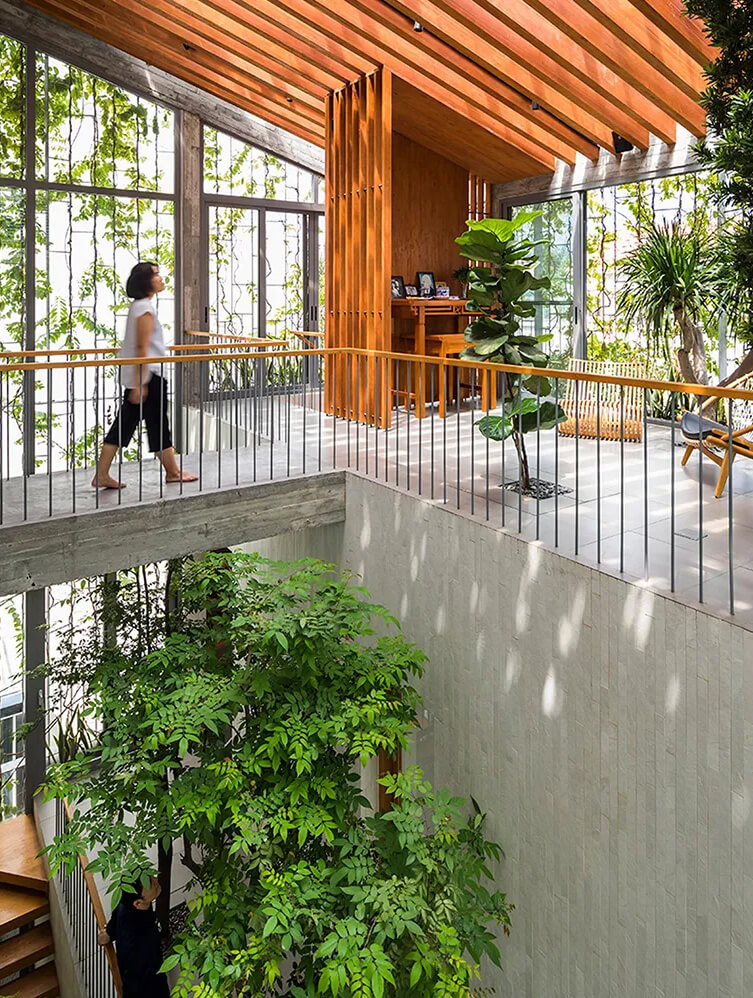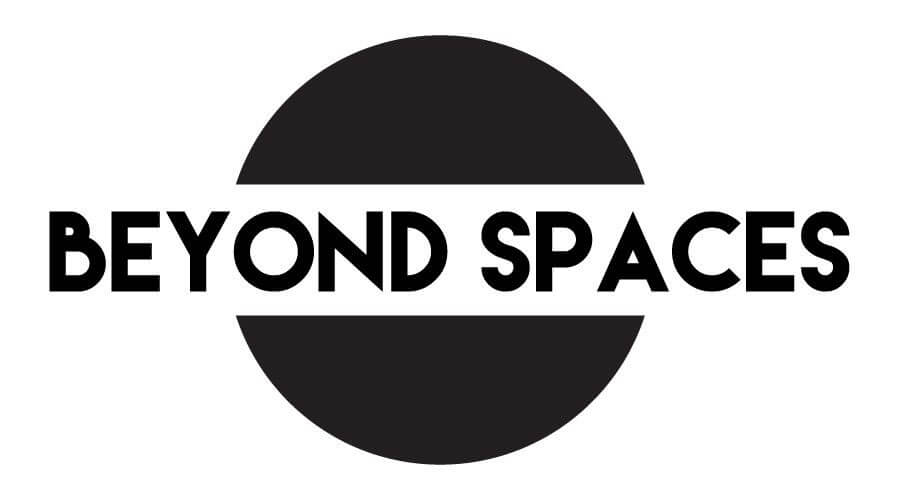
A couple of weeks ago the skies of NYC looked out of a movie due to the smoke created by wildfires in Canada. We couldn’t go outside and when you did, it hurt to breathe. It really shook me to my core and made me ask yet again- what the f$#! are we doing to our planet?
In an effort to make sense of how we got here, I am going to focus on the history of the Americas and offer a very simplified timeline of events.
HOW WE USED TO BE
Thousands of years ago, indigenous civilizations of the Americas lived in Nature and co-existed peacefully with it. They depended on her for food and shelter. As a result, they approached her with great respect and reverence. They built their homes with natural materials. And in many cases did so in a regenerative way so their abodes actually gave back to Nature. They never took more than they needed. And many offerings were made when they used natural materials to build something. They were in right reciprocity to Nature and the land.
THE FALL
As early as 1492 and years later colonialization happened. Many of these ways of living and building were seen as “inferior” to the more modern way of living of the west. The indigenous way of living and existing was slowly eradicated. Indigenous people were prohibited from practicing certain rituals and forced to build their homes differently. They were forced to embrace a new way of living that was completely out of alignment with Nature and how they had always done things. Their intelligent and kind ways of living were eradicated and the disconnect began.
Centuries later in 1760 in Britain and later in 1870 in Europe, North America and Japan the industrial revolution occurred. We went from creating goods by hand to using machines. We also transitioned from an agrarian economy to a modern economy dominated by industries, machines and technology. People could no longer get work in rural areas and were forced to move to cities to work in factories. This only increased the disconnection from Nature.
At around the same time there was a growth in population. Death rates began to fall and continued agricultural expansion and extraction of fossil fuels and minerals led to rapid global economic growth. To keep up with the growing population we had to extract more and more from Nature. We began doing things in a way that was the oppositive of regenerative- it was destructive.
With lower death rates and advancements in technology one could say we were better off then hundreds of years prior. In some respects, we were. But what also happened was a complete break with Nature and the natural world. So all of our “advancements” came at the expense of disconnecting with the natural world. And since we no longer needed to fully rely on Nature for our personal well-being (hunting, gathering, using natural materials to build our own homes)- as a society, we began to abuse her.
WHERE WE ARE TODAY
There is a lot of talk about sustainability and healthy materials in the interior design industry. And there are a lot of companies doing great work to create these products. The thing is, if we as humans can’t feel the deep connection with Nature that ancient civilizations did, we will never fully respect her. We will also never want to do the extra work to create healthy, sustainable spaces for people to live and work in. Because now a days, it is harder and more expensive to create a healthy and sustainable space than one that isn’t.
So where does that leave us? While a handful of design teams will be able to create fully sustainable, healthy and regenerative buildings and homes for people to live and work in years to come, it is going to take a lot for this to become common practice. And one of the main draw backs I see in today’s capitalist and time starved world is exactly that- the cost and time it takes to do it. If clients and developers want what is cheapest and quickest, it will be even harder for this way of building to become mainstream. Furthermore, if we as designers, architects, contractors, and developers don’t feel this primal connection with Nature, we will never do what it takes to change our industry and to protect her.
WHAT WE CAN DO
Small actions create big change. It’s called the ripple effect. If enough of us do one or two things differently in terms of sustainability and healthy materials this can create massive change. I tend to get easily caught up in an all or nothing approach but not only is this overwhelming, it can also be paralyzing. And what we need right now is action. No matter how “small”.
So on my next project, I am going to specify just one or two more things that are sustainable and healthy. And on the next two more. And so on and so forth until eventually my team and I become experts and begin to specify more healthy and sustainable materials than not. Small changes. Big impact. My personal connection with Nature is demanding it and all I can do it try. I hope you are inspired and feel the call too as well.
A great resource we use to identify and specify healthier materials and products is the Parson’s Healthy Materials Lab. Bookmark it now!
